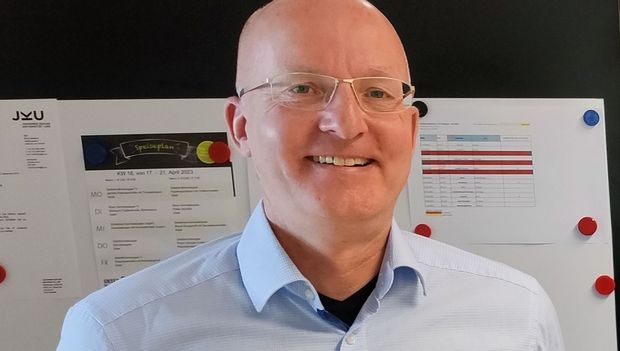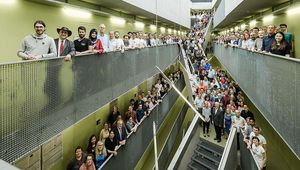Custom-developed polymers developed at the Johannes Kepler University Linz could revolutionize sensor technology.

These sensors not only react to, but also sense, biological material, forming the basis to detect microbes and document healing wounds.
Over the past few years, special synthetic materials (MIPs) in combination with special material structures (IO) have attracted a great deal of attention on account of their potential as a new kind of sensor. At the same time, it turns out that an artificially produced, gene-related material called peptide nucleic acid (PNA) is particularly stable. A new study at the JKU (project leader: Univ. Prof. Oliver Brüggemann, head of the Institute of Chemistry of Polymers) details the production and study of a material that can map PNA and proteins as an imprint, and can then be used to recognize complementary DNA, such as from pathogens or collagens from a healing wound.
The Sensor Changes Color Based on the State of the Healing Wound
Prof. Brüggemann explained: "If you arrange tiny particles of silicon dioxide (SiPs) in an orderly fashion and then generate a polymer matrix around this pack of SiPs, eventually the SiPs dissolve, leaving voids in the polymer; it is possible to compare the SIP particle arrangement to the voids that have been created." He used statistical methods to demonstrate that the void patterns show a high degree of order, similar to the hexagonal structure of honeycombs. The JKU chemist added: "Within these structures, the reflected light wavelength changes when certain molecules - such as DNA, collagen, and other biomolecules - bind in the wound healing area."
The result: The new material responds in a highly specific way to biological material. In the future, the material can be used to monitor wound healing processes, for example, and the color change would indicate whether a wound is healing properly or not, or if it is infected.
The project is complete, however researchers plan to continue working on the subject. Just how promising these materials evolve in the future remains to be seen. Prof. Brüggemann is confident and added: "There is certainly a great amount of potential."











